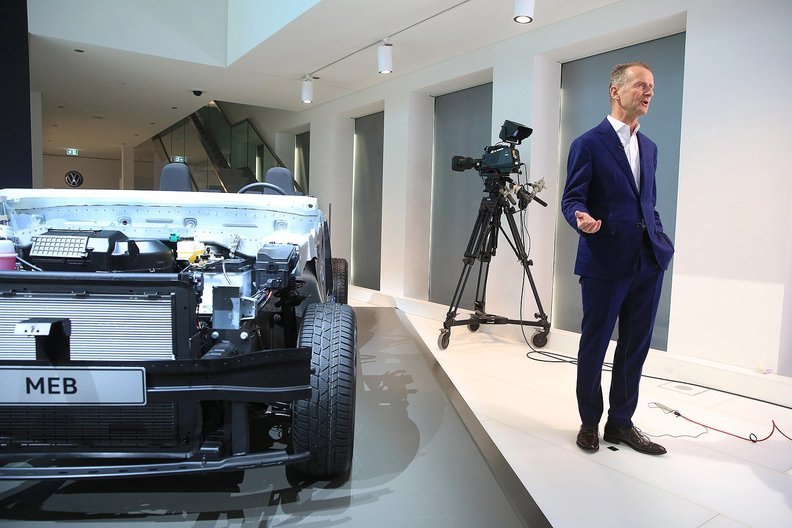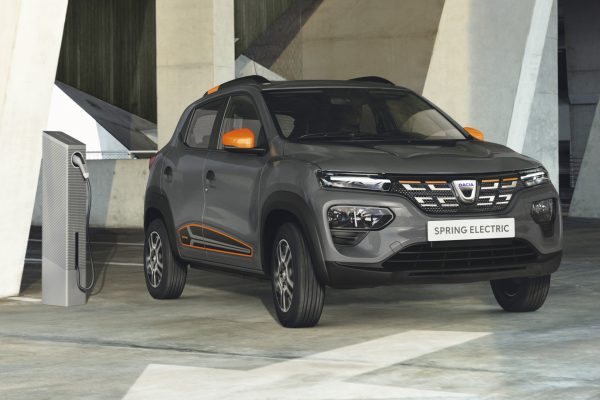Herbert Diess
Chairman of the Board of Management of Volkswagen AG / Chairman of the Brand Board
“Lead technology electromobility: Why we have to make a decision
“Open technology” – that has always been the credo of the German automotive industry. Gasoline and diesel, CNG and hybrids, electric cars, fuel cells and synthetic fuels: In principle, everyone has done everything, mostly in parallel. The industrial policy commitment to a lead technology was rejected, also by Volkswagen.
But this attitude is a thing of the past.
To stop global warming, there is no way around the Paris climate targets. To achieve this, the car must become cleaner as quickly as possible and CO2-free by 2050 at the latest. E-mobility is the only technology that makes this possible from today’s point of view.
All German manufacturers are investing massively in the expansion and ramp-up of electric mobility, especially Volkswagen. Politicians and associations must no longer pretend that there are alternatives of equal value.
The system changeover to emission-free mobility will not start in five or ten years, but now. We simply cannot afford to drive on multiple tracks. Let me give you an example: In Germany, 330 hydrogen-powered passenger cars were newly registered last year. There are currently two available models and 60 publicly accessible hydrogen filling stations. A nationwide hydrogen infrastructure would require investments of over 60 billion euros. But we need this money for the charging stations for the numerous new-generation electric cars that are now coming onto the market, with an energy balance that is 2 to 3 times better.
It is about politics, companies and society focusing their strength and resources on a lead technology for the future. Instead of pursuing many paths in parallel, we need a “Master Plan for Electric Mobility”. This is the only way to quickly create the critical mass of affordable electric cars. This is the only way to create the charging infrastructure combined with the necessary energy turnaround. Only in this way will consumers gain confidence.
To put it another way, our developers will of course continue to exploit the full efficiency potential of combustion engines. And we are continuing our research into synthetic fuels or fuel cells. In ten years’ time, when we will have an abundance of regenerative electricity, this technology could become an effective supplement to battery-electric vehicles, especially for long-distance travel.
I am convinced that if we now concentrate all our efforts on the lead technology electromobility, we will achieve both: the car will be cleaner in the short term and CO2-free in the long term. And Germany will be the world’s leading country for automobiles in the drive of the future.”




